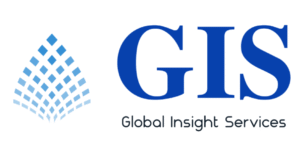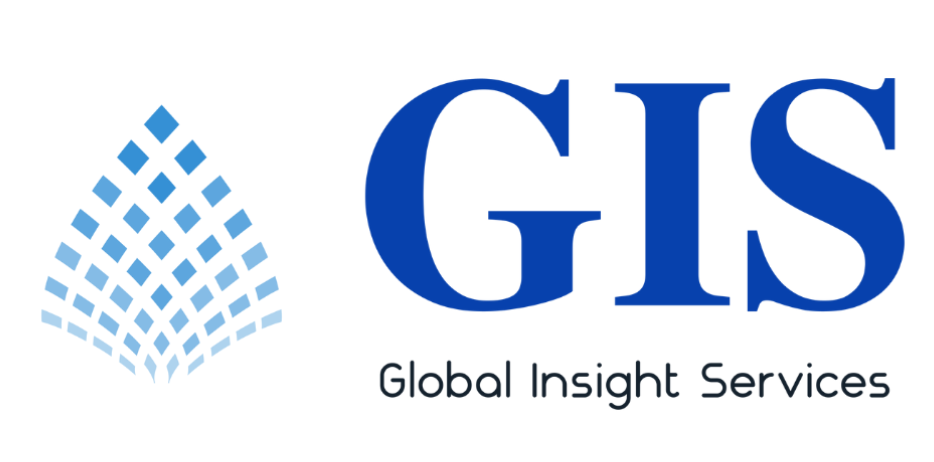Market Overview
The Power Discrete and Modules Market is undergoing significant transformation and rapid growth, fueled by global shifts toward energy efficiency, electrification, and renewable energy adoption. As of 2024, the market is valued at $25.4 billion and is expected to nearly double, reaching $48.7 billion by 2034. This expansion, at a projected CAGR of 6.7%, underscores a rising global reliance on discrete power components and modules for managing electrical energy more efficiently and effectively across various sectors.
Power discrete devices such as diodes, transistors, and thyristors, along with integrated power modules, play a critical role in converting, switching, and amplifying electrical power. These technologies are fundamental to systems in automotive electronics, industrial automation, renewable energy, and consumer electronics. Their increased demand correlates directly with the accelerating transition to electric vehicles (EVs), smart grids, and sustainable energy systems worldwide.
Market Dynamics
Several interlinked dynamics are driving growth in the Power Discrete and Modules Market. Foremost is the surging demand for renewable energy technologies. As more countries invest in solar and wind power infrastructure, the need for reliable, efficient power modules rises in tandem. This is particularly relevant in grid-tied systems and energy storage applications that require robust energy conversion and distribution solutions.
Click to Request a Sample of this Report for Additional Market Insights: https://www.globalinsightservices.com/request-sample/?id=GIS24456
Another powerful growth factor is the electrification of transportation. EVs and hybrid vehicles require advanced IGBT and MOSFET modules to power drivetrains, manage energy in battery systems, and support onboard electronics. The IGBT segment currently holds the largest market share—about 45%—because of its widespread use in EV and industrial motor drive applications. MOSFETs follow closely, contributing approximately 30% to market volume due to their prevalence in high-frequency, low-power applications such as consumer devices.
Technological advancement also plays a pivotal role. Innovations in wide-bandgap semiconductors like silicon carbide (SiC) and gallium nitride (GaN) are redefining efficiency standards in high-voltage and high-temperature environments. These materials offer superior performance characteristics and are enabling next-gen devices to operate more reliably while consuming less power.
Despite this progress, the market faces challenges. Fluctuating raw material costs, supply chain disruptions, and evolving global regulatory standards pose barriers to consistent growth. Additionally, the rapid pace of innovation demands ongoing R&D investments, which can strain resources for smaller firms.
Key Players Analysis
The competitive landscape is dominated by established giants like Infineon Technologies, Mitsubishi Electric, and Fuji Electric, each known for their strong R&D capabilities and expansive product portfolios. These companies are investing heavily in developing high-performance SiC and GaN technologies to meet the demands of modern power electronics.
Other key players include ON Semiconductor, Vishay Intertechnology, and Rohm Semiconductor, all of which maintain substantial market shares through diversified applications and global reach. Emerging companies such as Silicon Dynamics, Green Wave Electronics, and Next Gen Modules are pushing innovation boundaries, particularly in eco-friendly power solutions and compact module design.
Strategic alliances, mergers, and product innovations are common across the board, indicating a highly dynamic and collaborative industry environment. Partnerships between semiconductor firms and automakers, for instance, are playing a crucial role in accelerating the commercialization of advanced EV technologies.
Regional Analysis
Geographically, Asia-Pacific leads the Power Discrete and Modules Market, thanks to its rapid industrialization and significant investments in renewable energy infrastructure. China and India, in particular, are making substantial advances in solar power installations and smart grid implementation. Government subsidies and energy efficiency mandates are further fueling market demand in this region.
North America follows as a strong contender, especially the United States, which benefits from mature technological ecosystems and strong investment in clean energy and electric vehicles. The presence of key market players and an emphasis on grid modernization contribute to the region’s continued momentum.
Europe is also a critical market, led by countries like Germany and France. The region’s focus on sustainability and decarbonization, alongside strict regulatory frameworks, fosters widespread adoption of power modules in industrial and residential applications. European Union energy directives continue to push the market toward higher efficiency standards and greater reliance on green technologies.
Explore the Full Report: https://www.globalinsightservices.com/reports/power-discrete-and-modules-market/
Recent News & Developments
In recent years, the market has seen a spate of new developments, particularly in materials science and module design. The shift toward silicon carbide (SiC) and gallium nitride (GaN) devices is one of the most transformative changes, as these materials significantly improve switching performance and thermal efficiency in power modules.
Pricing across the market varies considerably, ranging from $1 to $50 per module, depending on specifications and end-use applications. The expanding deployment of EVs and renewable energy systems, especially in Asia-Pacific and Europe, continues to shape pricing dynamics and supply chain strategies.
Leading players like Infineon and Mitsubishi have launched new lines of ultra-efficient modules targeting industrial automation and renewable energy markets. Regulatory frameworks promoting smart grid technologies and clean energy standards are also influencing design and manufacturing practices, requiring companies to innovate within tightly defined parameters.
Scope of the Report
This report provides comprehensive insight into the Power Discrete and Modules Market, covering a historical analysis from 2018 to 2023 and offering a forward-looking perspective through 2034. It includes detailed segmentation by type, application, end user, and geography, as well as technological and functional criteria.
The study evaluates market dynamics, including drivers, restraints, opportunities, and trends, while also exploring the value chain and conducting SWOT and PESTLE analyses. Strategic assessments of leading and emerging players are included, highlighting their core competencies, partnerships, R&D initiatives, and market positioning.
Additionally, the report investigates the impact of regulatory changes, technological advancements, and global economic shifts on market performance. This holistic overview enables stakeholders to make informed decisions about investment, expansion, and product development in a rapidly evolving landscape.
In conclusion, the Power Discrete and Modules Market stands at the intersection of technology, sustainability, and industrial transformation. Its continued growth will depend on how effectively players navigate complex challenges while harnessing the immense opportunities in clean energy, smart infrastructure, and next-generation mobility.


